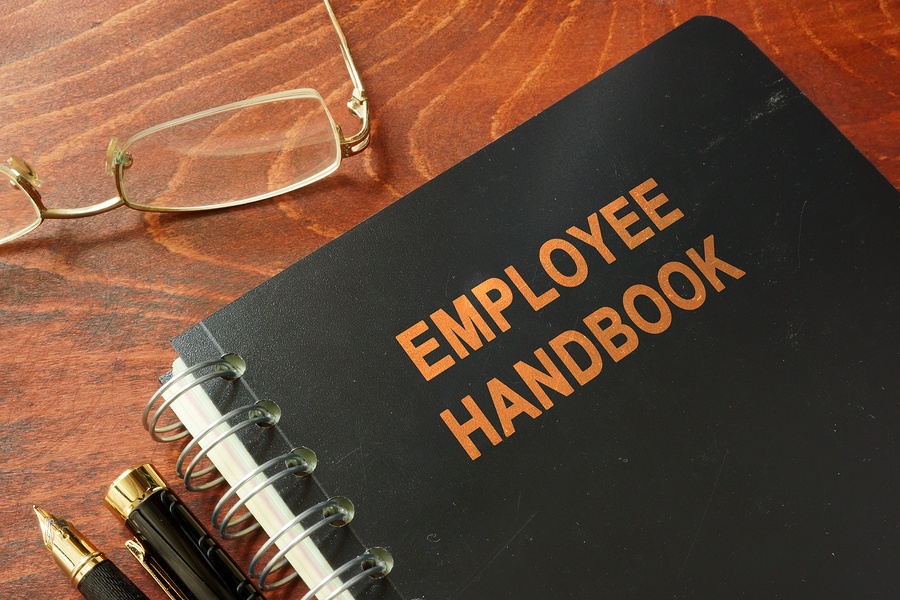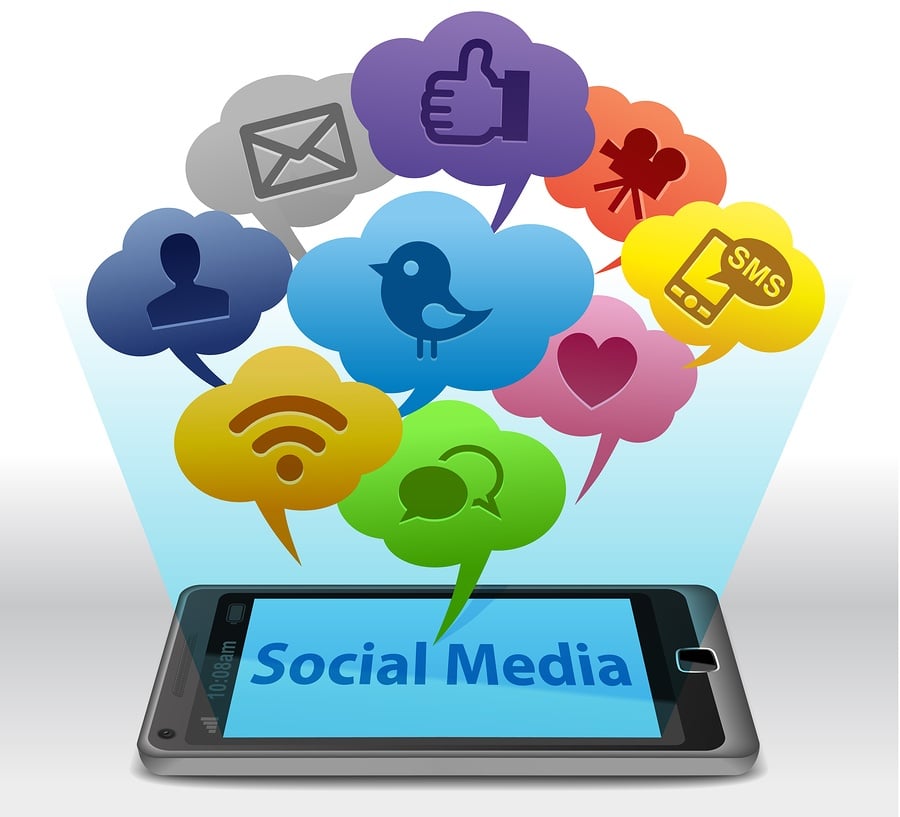We all have Cal Ripken-like employees in our offices - the ones who pride themselves on never missing a day of work. They are the ones who come in when the snow drifts are two feet high, when the highway is washed out due to a hundred year flood, or when they are on the cusp of falling over due to a cough and fever that would most likely kill the more feeble in our population.
And while we love that these attendance superstars overcome most of these obstacles, it’s the last one which should be of the most concern when caring for the overall health of your workforce.
For employers, managing employees’ sick time is a challenge and even struggle. Some employees take sick time when they really shouldn’t, while others don’t take time when they ought to for the good of themselves and their fellow workers. The latter is especially harmful, as one person’s communicable disease can quickly spread to others. A study in the Journal of Occupational and Environmental Medicine found that working sick costs employers across the nation a cumulative $160 billion in lost productivity each year.
The following are some clear guidelines on when employees should and shouldn't take sick time, along with how employers can communicate the guidelines for the benefit of the entire workforce.






















